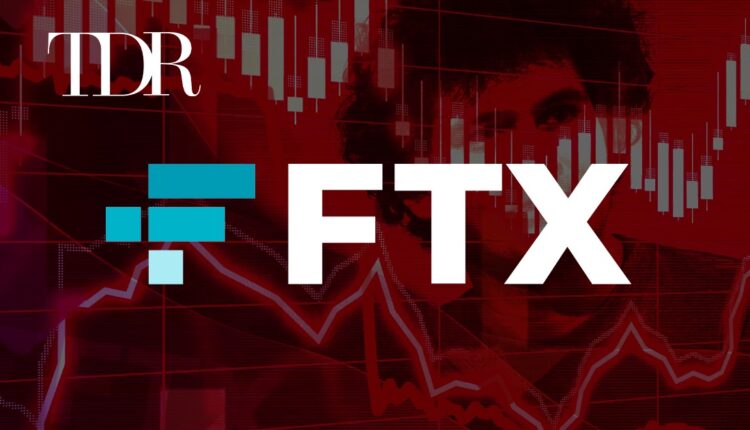
FTX Proposes Bankruptcy Plan to Refund Investors
The TDR Three Key Takeaways regarding FTX and Bankruptcy Plan:
- FTX introduces a bankruptcy plan to refund impacted investors.
- Payouts depend on FTX’s successful asset sales, including AI investments.
- FTX’s bankruptcy plan aims to set a precedent in cryptocurrency crises.
FTX, the cryptocurrency exchange that collapsed last year, is now unveiling a bankruptcy plan that may allow some investors to recover their funds, pending court and creditor approval.
FTX has introduced a detailed bankruptcy proposal to address the losses suffered by numerous customers following its collapse. According to this plan, approximately 98% of creditors who lost up to $50,000 are expected to receive cash reimbursements within two months of the plan’s activation. However, these reimbursements will be calculated based on the cryptocurrency values at the time of FTX’s collapse in November 2022. This means they will not reflect the significant increases in cryptocurrency values observed since then. For example, Bitcoin, which has surged by more than 250% since FTX’s failure, will be valued at its lower past rate for these payouts.
The feasibility of implementing such a repayment strategy largely stems from FTX’s asset sales, including a significant investment in the AI company, Anthropic. “The approval of the Disclosure Statement represents a significant milestone for FTX,” said John Ray, FTX’s Chief Executive Officer. He emphasizes that the funds from these sales are crucial for facilitating the planned payouts. Yet, deciding to base cryptocurrency values on their November 2022 rates rather than their current, higher values remains a contentious issue among creditors.
Moreover, complicating the recovery efforts, it was revealed that FTX possessed only a fraction of the Bitcoin and Ethereum it claimed to hold at its collapse, diminishing the potential to benefit from their increased market values. Further clouding the scenario, in March, Sam Bankman-Fried, FTX’s former CEO, was sentenced to 25 years in prison for his role in the fraud that led to the exchange’s downfall. His sentencing underscored the gravity of the misconduct that led to significant financial losses for many.
“In any bankruptcy, this is just an unbelievable result,” said John Ray, commenting on the optimism surrounding the proposed repayment plan amidst the grim backdrop of FTX’s operational missteps. This plan, if successful, could set a precedent for handling similar future crises in the cryptocurrency industry.
As FTX pushes forward with its bankruptcy plan, the path to restitution remains challenging. The process requires not only the legal and logistical hurdles of securing approvals but also managing the differing expectations of stakeholders concerning the valuation of the lost cryptocurrencies. How they navigates these complexities will be closely watched, potentially shaping future regulatory frameworks and practices in the turbulent area of cryptocurrency investments. To keep up to date with all of TDR’s research and news, subscribe to our daily Baked In newsletter.



